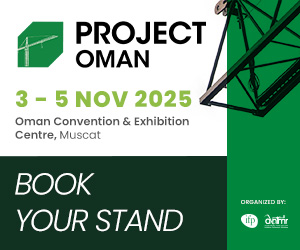Oman is on track to deliver approximately 62,800 new residential units by 2030, with 5,500 homes expected to be completed in 2025, according to a new report by Cavendish Maxwell. The initiative aligns with the country’s Vision 2040 plan, aiming to support a projected population increase from 5.3 million to 7.7 million over the next 15 years.
Despite a 3.6% expansion in residential supply in 2024 (adding 38,400 units), analysts warn of a potential future housing shortfall of up to 340,000 units, required to maintain a sustainable 90% occupancy rate.
The report values Integrated Tourism Complex (ITC) apartments at $2,080 to $2,860 per square meter—significantly more accessible than comparable properties in other GCC hubs like Dubai or Doha. Villas in ITCs range from $1,950 to $2,600 per square meter.
Rental yields in ITCs are competitive, ranging between 5% and 8%, on par with major regional markets.
Meanwhile, Oman’s hospitality sector is also expanding, with 35 new hotels and resorts and 5,800 rooms set to launch by 2030—a 25% boost to current capacity. Most of these additions will target the upper-upscale and luxury segments, reflecting the country’s pivot toward high-value tourism.
The tourism sector is thriving, with 2.15 million hotel guests recorded in 2024—a 3.6% year-on-year increase—while hotel revenue jumped 6.1% to reach approximately $631 million.
Branded residences are gaining traction, with options like:
La Vie by Tivoli: $3,380–$3,900/sqm
St. Regis by Marriott: $5,450–$6,250/sqm
Mandarin Oriental Residences: $6,250–$6,750/sqm
This real estate surge is bolstered by Oman’s BBB- credit rating, rising foreign direct investment, and government reforms encouraging ownership for non-Omanis.
With these strategic developments, Oman positions itself as an increasingly attractive destination for both residents and global investors.
Source: arabianbusiness.com












































































